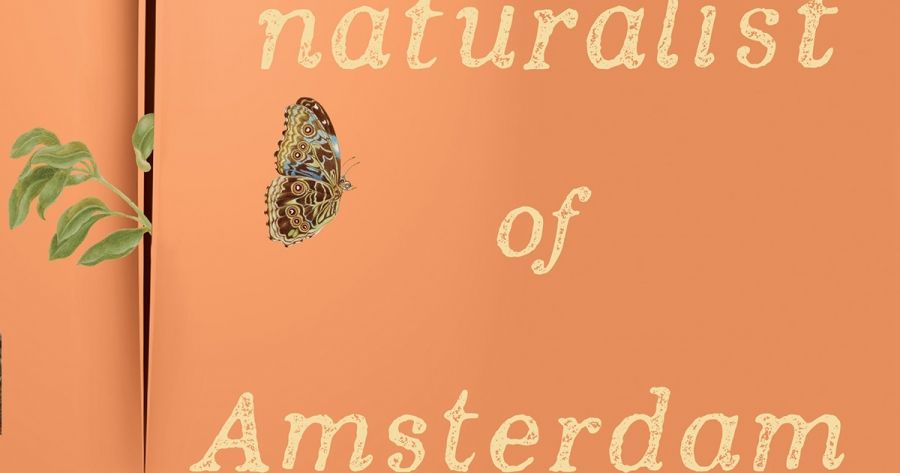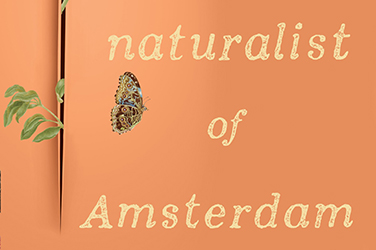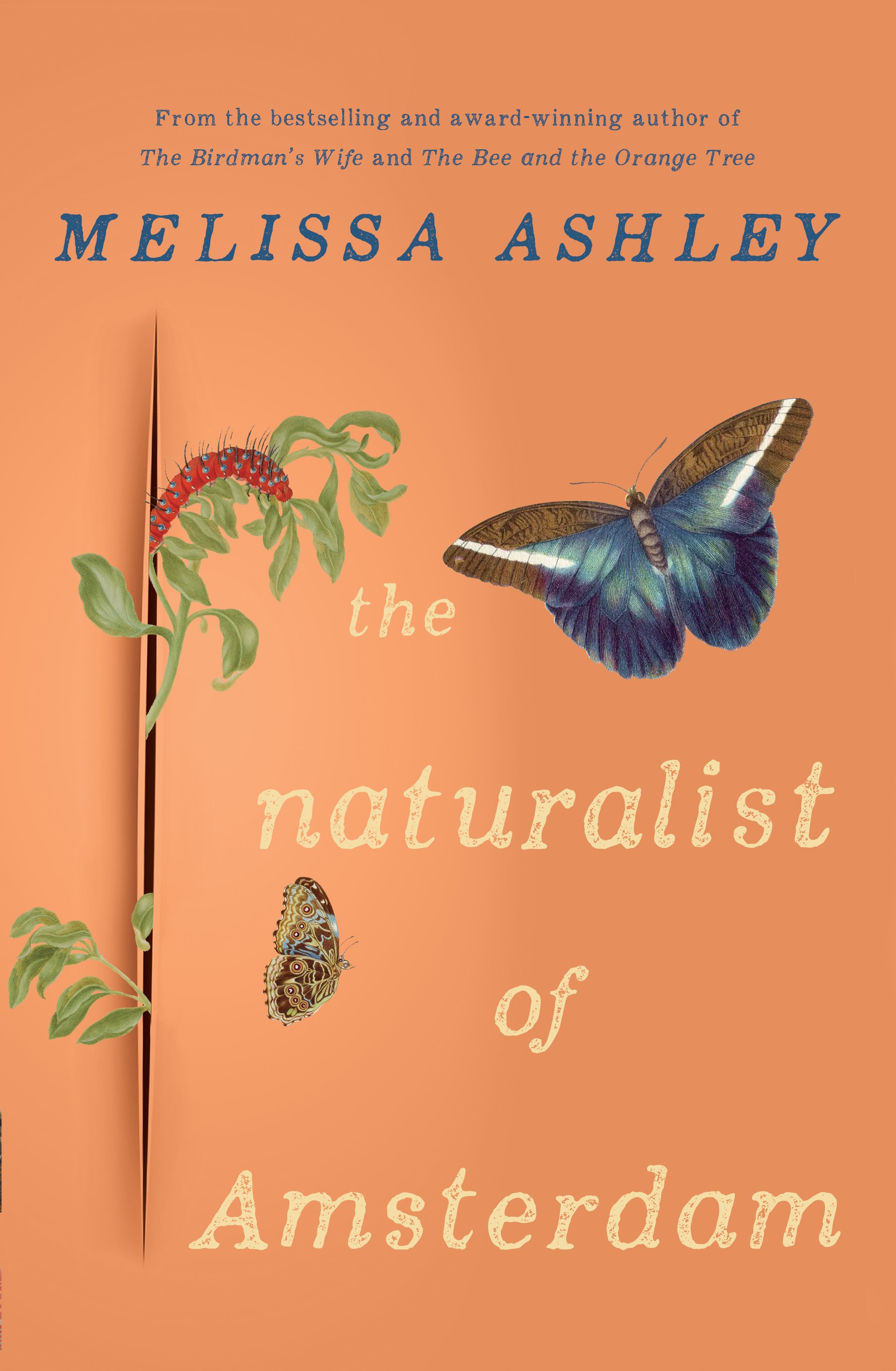
- Free Article: No
- Contents Category: Fiction
- Review Article: Yes
- Article Title: Raising silkworms
- Article Subtitle: Three women, one legacy
- Online Only: No
- Custom Highlight Text:
What child has not been fascinated to watch the miraculous metamorphosis of a hungry caterpillar to pupae and then butterfly in a glass jar on the table? This transformation is such an everyday part of our ecological awareness as to be almost child’s play. What was once the cutting-edge technology of scientific observation – the transparent glass isolation chamber, the magnifying lens, and the microscope – has now become household tools for educating children, as if we must recapitulate the lessons of our historical scientific development through our own childhoods.
- Featured Image (400px * 250px):

- Alt Tag (Featured Image): Danielle Clode reviews 'The Naturalist of Amsterdam' by Melissa Ashley
- Book 1 Title: The Naturalist of Amsterdam
- Book 1 Biblio: Affirm Press, $39.99 hb, 400 pp
- Book 1 Cover Small (400 x 600):

- Book 1 Cover (800 x 1200):

Merian is a worthy subject of biography, for her prodigious artistic and scientific talents, and for being a woman who defied the strictly enforced prescriptions of her age not only to run her own business without a husband, but also to travel to the forests of South America to further her knowledge of insects. But she is not the primary subject of this biographical fiction. As Melissa Ashley notes at the back of this book, genius is often a family affair. In this book, Ashley has turned her attention to another long unacknowledged woman in Merian’s story. History often discusses the influence of fathers, stepfathers, and husbands, but less frequently the role of mothers and daughters. And Merian’s two daughters were clearly just as remarkable as their mother.
Dorothea Maria Graff, Merian’s youngest daughter, is the subject of Ashley’s novel. It is through her eyes that we see her mother, changing with age as her daughter’s perspective expands, as well as Dorothea’s sister, the talented Johanna Helena Graff. These three women formed, in effect, a painting and research cooperative that together produced the remarkable legacy of Merian’s work.
Scientific lives are often difficult for biographers to represent given that the intellectual achievements and interests that make them famous are not always running in meaningful parallel with their personal or emotional lives. How much more difficult then, for fiction writers, whose interests focus on the emotional journey of their subject rather than on intellectual or physical journeys.
Biographies of women also present particular challenges. Women have, historically, led tightly prescribed lives, with a narrow range of options. Depictions of women who break those bonds and live unconventional lives can sometimes feel ahistorical. Ashley’s Dorothea sometimes seems to represent this struggle with historical stereotypes. This depiction of the internal conflict between the expectations of her talented family and her own desire for romance and motherhood seems somewhat at odds with her singular professional accomplishments. I wondered how much of Dorothea’s difficulty arose from the tension between the rich historical materials underpinning the book and the narrative demands of popular historical fiction. In a similar way, Merian herself narrowly escapes the trope of the ‘neglectful mother’ so often applied to successful women, as her daughter matures and reconsiders her mother’s actions in later life.
This need to represent singular women, adventurous women, mould-breaking women, not on the basis of who we think they ought to be, but on the basis of what they actually did, is obviously essential if we are to free ourselves from the historical myths that continue to constrain woman even today. Efforts to do so, like Ashley’s account of a famous woman’s less famous but equally talented daughter, reveals that such adventurous and independent women may not have been quite the anomaly we thought – there seem to have been a lot more of them than our history books have led us to appreciate.
Ashley’s book, in beautifully produced hardcover with exquisite endpapers, is filled to the brim with fascinating historical characters who shared the Merian family’s passion for natural history. It is a delight to encounter the great woman artists of the age like Rachel Ruysch and the prodigious collector Albert Seba, and to wander through the glasshouses of the Hortus Botanicus in Amsterdam and travel to the forests of Suriname. Sometimes these encounters feel too brief, the change of characters dizzying. Dorothea’s life and world are perhaps too big for one book to contain – but they are well worth encountering all the same.


Comments powered by CComment